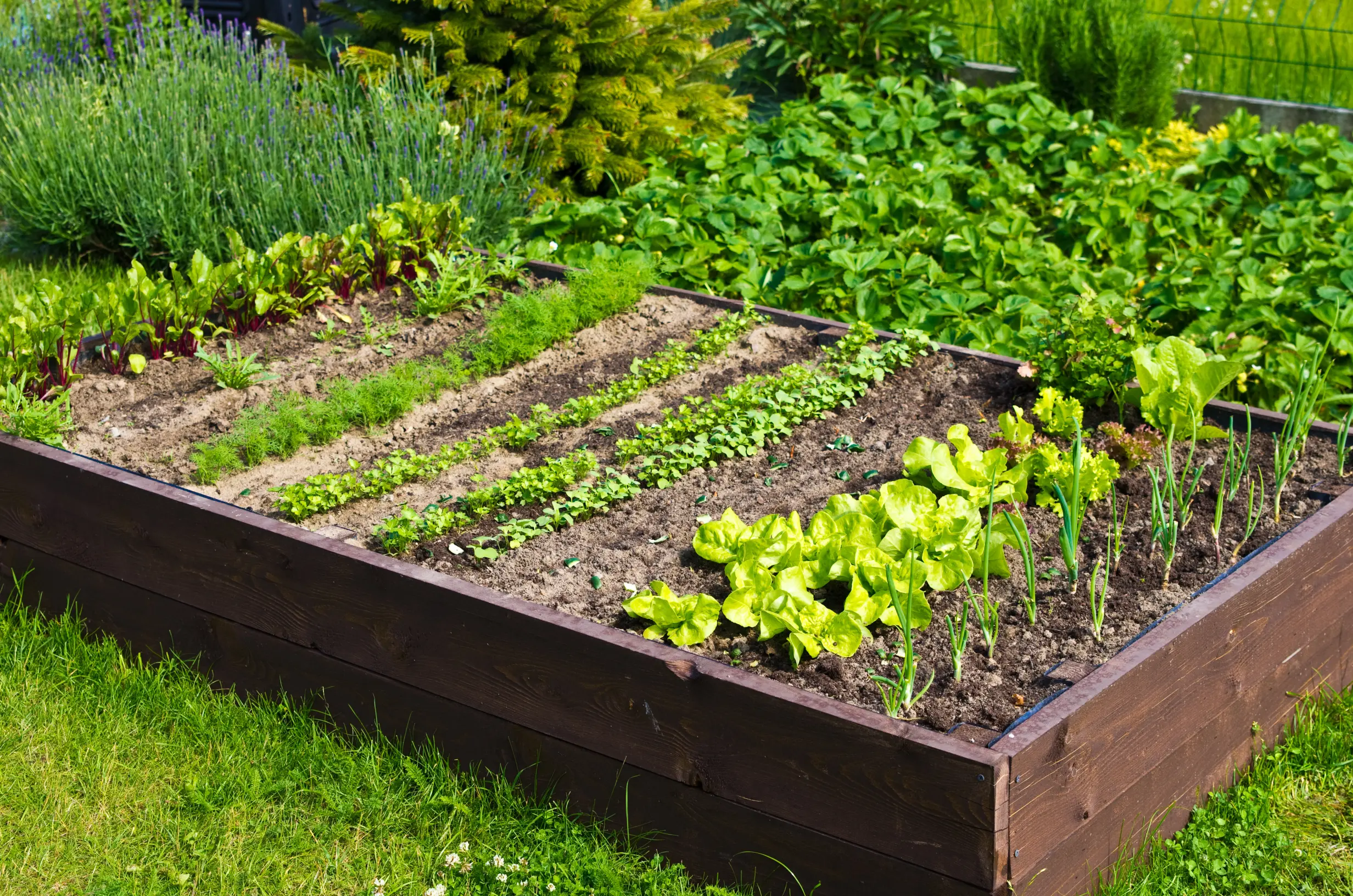Gardening, a timeless hobby that nourishes both body and soul, has evolved significantly over the years, embracing innovative methods that simplify the cultivation process. Among these, raised garden beds have emerged as a cornerstone technique for gardeners worldwide. This approach not only maximizes the gardening space but also caters to a wide range of plants, offering a practical solution for both novices and experts. In this comprehensive guide, we delve into the essence of raised garden beds, providing insights and tips to help every gardener embrace this efficient gardening method.
Understanding Raised Garden Beds
At its core, a raised garden bed is a contained unit of soil elevated above ground level, often framed by wood, stone, or other materials. This method offers several distinct advantages over traditional gardening. Firstly, it allows for better control over the soil environment, enabling gardeners to tailor the soil composition to the specific needs of their plants. Additionally, raised beds facilitate improved drainage, which is crucial for healthy plant growth. They also minimize the need for bending and stooping, making gardening more accessible to individuals with mobility issues.
Choosing the Right Location and Material

The success of a raised garden bed begins with its placement. Ideally, select a location that receives at least six to eight hours of sunlight daily, ensuring your plants receive ample light for photosynthesis. Additionally, consider accessibility for watering and maintenance, as well as protection from strong winds that might dry out the soil.
When it comes to materials, options abound. Wood, particularly cedar or redwood, is a popular choice due to its natural resistance to rot and pests. However, for those seeking a more durable solution, metal and stone offer longevity and a distinct aesthetic appeal. Recycled plastics and composite materials present an eco-friendly alternative, though their lifespan and environmental impact may vary.
Soil Composition and Plant Selection
The beauty of raised garden beds lies in the ability to customize the soil mix. A blend of topsoil, compost, and other organic matter creates a nutrient-rich environment conducive to plant growth. This customization not only ensures that your plants have the nutrients they need but also promotes healthy root development.
Choosing plants for your raised bed depends on your gardening goals. Vegetables, herbs, and flowers thrive in raised conditions, thanks to the enhanced soil quality. Consider companion planting to maximize space and encourage beneficial interactions among your plants. For instance, marigolds can deter pests from neighboring vegetables, while basil might enhance the flavor of tomatoes grown alongside it.
Watering and Maintenance
Efficient watering is crucial for raised garden beds, as the elevated soil tends to dry out faster than ground-level beds. Drip irrigation systems or soaker hoses offer effective solutions, delivering water directly to the roots with minimal waste. Mulching with organic materials such as straw or wood chips can help retain soil moisture and suppress weeds, further reducing maintenance efforts.
Regular monitoring and maintenance are key to the success of any garden. Check your plants frequently for signs of pests or disease, and apply organic remedies as needed to address any issues. Additionally, rotate crops annually to prevent soil depletion and reduce the risk of disease buildup.
Maximizing the Benefits of Raised Garden Beds
Raised garden beds offer a myriad of benefits, from improved soil conditions to enhanced ergonomic comfort. To fully leverage these advantages, consider the following tips:
- Maximize space by adopting square foot gardening techniques, dividing your bed into grids to ensure each plant has enough room to grow without overcrowding.
- Enhance biodiversity by incorporating a variety of plants, attracting beneficial insects and promoting a healthy garden ecosystem.
- Extend the growing season by using raised beds, which warm up faster in spring and can be easily covered to protect against early frost.
Conclusion
Raised garden beds simplify the gardening process, making it more accessible and enjoyable for gardeners of all skill levels. By carefully selecting the location, materials, and plants, and by maintaining proper care, you can maximize the productivity and health of your garden. Whether you’re looking to grow fresh vegetables, vibrant flowers, or aromatic herbs, raised garden beds offer a versatile and efficient solution. Embrace this method to transform your gardening experience and reap the rewards of your labor in the form of bountiful harvests and a beautiful garden space.
As we conclude this guide, remember that gardening is a journey of learning and growth. Raised garden beds are not just a method but a stepping stone towards a more sustainable and fulfilling gardening practice. So, grab your tools, and let’s start building your raised garden bed today!
Don’t forget, your feedback is invaluable as it helps refine and improve guides like this. Whether you’re a seasoned gardener or just starting, your insights can help create a thriving community of green thumbs. Happy gardening!














